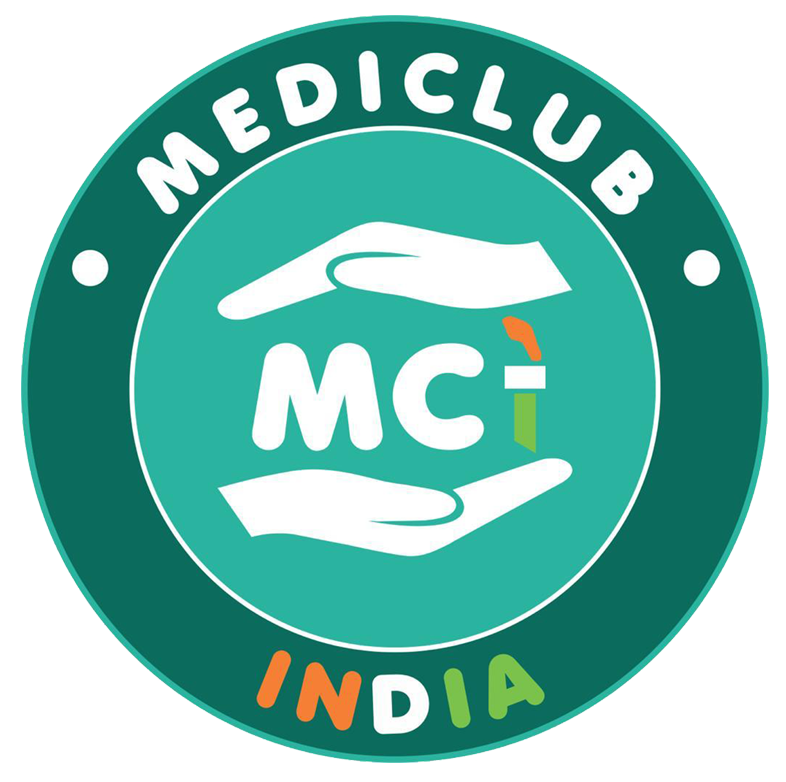Understanding Bell’s Palsy: Causes, Symptoms, and Diagnosis
Bell’s Palsy is a condition that causes sudden, temporary weakness or paralysis of the muscles on one side of the face. This condition can be alarming and frightening, especially when it occurs unexpectedly. However, with prompt medical attention, Bell’s Palsy can be treated, and most individuals recover fully over time. If you or someone you know is experiencing symptoms of Bell’s Palsy, consulting the best doctor for Bell’s Palsy in Faridabad can help guide you through the treatment process and ensure the best possible outcome.
What is Bell’s Palsy?
Bell’s Palsy is a form of facial paralysis that typically affects one side of the face. It occurs when the facial nerve, which controls the muscles of the face, becomes inflamed. This inflammation can lead to the sudden onset of facial weakness or drooping, making it difficult to smile, close the eye, or raise the eyebrow on the affected side. While the exact cause of Bell’s Palsy is not entirely understood, it is often linked to viral infections, such as the herpes simplex virus, which causes cold sores.
Causes of Bell’s Palsy
The primary cause of Bell’s Palsy is believed to be the inflammation of the facial nerve, though the exact reason behind this inflammation is not always clear. It is thought that a viral infection triggers the inflammation, and in some cases, the herpes simplex virus (which causes cold sores) may be the culprit. Other factors that may contribute to Bell’s Palsy include:
- Viral infections: Viruses like the flu, cold sores, or shingles can trigger Bell’s Palsy.
- Autoimmune conditions: Some autoimmune disorders can cause inflammation in the facial nerve.
- Trauma: Injury to the face or head may sometimes lead to Bell’s Palsy.
- Pregnancy: Pregnant women, especially those in the third trimester, are at a higher risk of developing Bell’s Palsy.
- Diabetes: People with diabetes may be more susceptible to developing Bell’s Palsy.
While these are common causes, Bell’s Palsy can also occur without any obvious underlying reason.
Symptoms of Bell’s Palsy
The symptoms of Bell’s Palsy typically appear suddenly and can vary in severity. Some of the most common symptoms include:
- Facial drooping: One side of the face appears droopy or stiff, making it difficult to smile or blink.
- Pain around the jaw or behind the ear: This pain may be sharp or dull and is often the first sign of Bell’s Palsy.
- Loss of taste: Some individuals may experience a loss of taste on the front portion of the tongue on the affected side.
- Tingling or numbness: A sensation of tingling or numbness can occur on one side of the face.
- Difficulty closing the eye: The inability to fully close the eye on the affected side may lead to dryness or irritation of the eye.
- Increased sensitivity to sound: Some individuals experience hypersensitivity to sound in one ear.
These symptoms typically worsen within 48 hours and then begin to improve over a period of weeks to months.
Diagnosis of Bell’s Palsy
The diagnosis of Bell’s Palsy is generally based on the patient’s medical history and physical examination. A healthcare provider, such as a facial palsy treatment doctor in Faridabad, will conduct a thorough examination to assess the severity of the facial weakness and rule out other possible causes of facial paralysis, such as a stroke or tumor. In some cases, additional tests may be required, such as:
- Blood tests: To check for any underlying infections or conditions.
- Imaging tests: MRI or CT scans may be used to rule out other causes of facial paralysis, such as a tumor or brain injury.
Once a diagnosis of Bell’s Palsy is confirmed, your healthcare provider will recommend a treatment plan tailored to your specific needs.
Treatment Options for Bell’s Palsy
Treatment for Bell’s Palsy focuses on reducing inflammation, managing symptoms, and improving facial muscle strength. The best Bell’s Palsy treatment doctor in Faridabad may recommend the following treatment options:
- Medications: Corticosteroids, such as prednisone, are commonly prescribed to reduce inflammation and swelling of the facial nerve. In some cases, antiviral medications may be prescribed if a viral infection is suspected to be the cause.
- Physical therapy: Facial exercises and massage may help to strengthen the facial muscles and improve mobility.
- Eye care: If you are unable to close your eye fully, your doctor may recommend eye drops or an eye patch to protect the eye from dryness and irritation.
- Pain management: Over-the-counter pain relievers or prescription medications may be used to alleviate pain.
When to See a Doctor
If you experience sudden facial weakness or paralysis, it is essential to see a healthcare provider promptly. The best doctor for Bell’s Palsy in Faridabad can help diagnose the condition, rule out other potential causes of facial paralysis, and begin treatment to improve your chances of a full recovery.
Conclusion
Bell’s Palsy is a condition that can be distressing, but with the right treatment and care, most individuals make a full recovery. If you experience any symptoms of Bell’s Palsy, seeking the expertise of a facial palsy treatment doctor in Faridabad can ensure that you receive the necessary care and treatment. With the right medical guidance, the road to recovery can be smoother, and you can regain your facial mobility and confidence.

